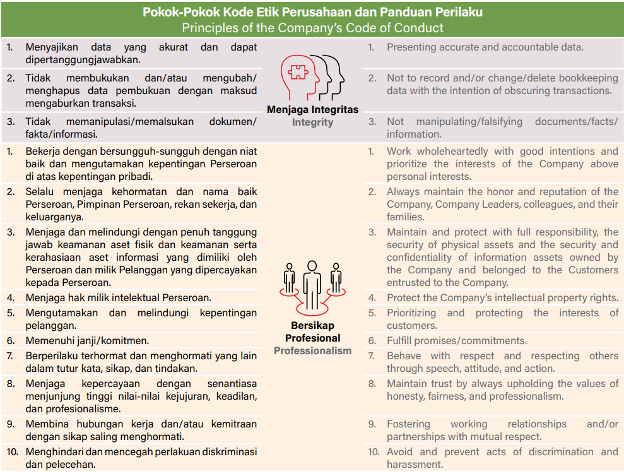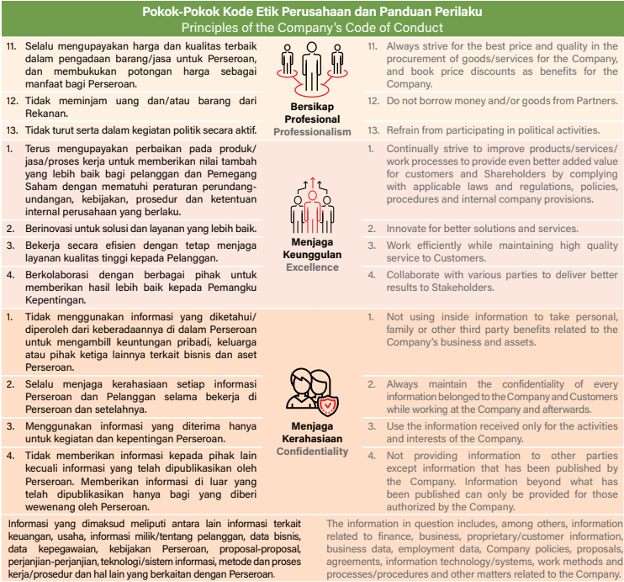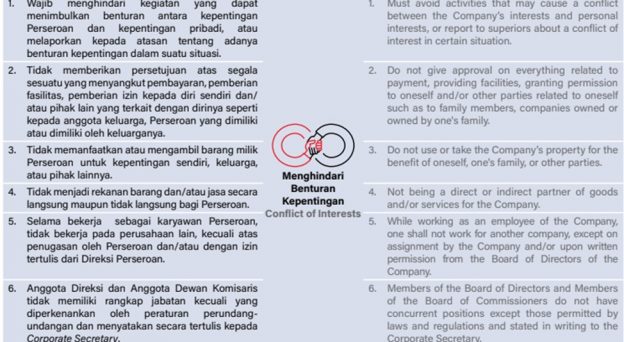The main concepts of SDN involve decoupling network control, adopting open programming interfaces, and emphasizing data analysis to achieve more adaptive, flexible, and efficient network settings.
In the modern era that continues to develop, Software Defined Network (SDN) takes on the role and function of a revolutionary controller. The goal is to achieve complete control in network management in a central, flexible and adaptive way. The result is network management that is not only more efficient, but also safer and capable of responding quickly to ongoing changes.
SDN emphasizes a monumental transformation in the paradigm of network regulation, management and operations. In comparison to traditional approaches that tend to focus more on hardware, SDN promises profound transformation, with the potential to provide efficiency, flexibility, and readiness to face the changing dynamics of an ever-changing business world.
Understand the concepts, components, role of SDN business in network transformation for efficiency and innovation. Learn the impact in this guide!
What is a Software Defined Network?
Software Defined Network (SDN) is a breakthrough paradigm in network management that changes the traditional way we view network infrastructure. The core concept of SDN is the separation between the control layer and the hardware layer in the network. Under this approach, network control functions are no longer tied to individual hardware, but are instead managed centrally through software called a controller.
This controller allows network administrators to control, configure, and monitor the entire network dynamically and efficiently. The main advantage of SDN is increased flexibility in managing and orchestrating network traffic, allowing for rapid adaptation to changing needs. By decoupling network control from physical hardware, SDN also opens the door to faster innovation, enabling the easier development of custom applications and new services.
Business-wise, SDN has the potential to optimize the use of network resources, reduce operational costs, and enable smarter decision making based on rich network data analysis. In other words, SDN is not only a transformation of network technology, but also a driver for greater business transformation in this digital era.
Follow Us



Newsletter
Follow Us








